Searching and applying for jobs is a complex and repetitive process, filling out form after form with the exact same questions and answers. You need to cement yourself down in front of your computer for a good day to search and apply for everything. The whole process lacks appeal and excitement; people are excited to get their dream job but rarely do they experience the same rush in the application process.
Sydney startup Found Careers brings that much needed spark in the recruitment process. The app is a fully mobile recruitment platform, designed with photos and questions that are actually interesting, which transforms the whole job finding process into a fun and addictive activity. No filling in form or sending through resumes and countless CVs. Once a person’s profile is completed, applying for jobs is as simple as ticking the roles that appeal to you and crossing those that don’t.
The phone is the most used device in Australia so it makes sense that job recruitment should be mobile. While there are established job search companies like Seek that have integrated their website services onto apps, there are only a few handful, such as Workible and OneShift, that have created an experience using the full potential of the phone.
Cofounder of Found Careers Andrew Joyce believes that it’s time to get people off their desktops and make it easier for people to search and apply for jobs anywhere.
“The existing platforms out there aren’t in any way suited to mobile devices, you put an ad on Gumtree, and ad on Seek and wherever else it might go, all you get back is PDF CVs, 120 of them sometimes,” he said.
“My view of the world is that there’s a whole bunch of what I’d call ‘Web 1.0’ jobs and jobs platforms out there, maybe even up to ‘Web 1.1,1.2’ whatever they might be. But nobody has come out and said ‘you know what, we’re doing this for mobile’.”
Users can sign into the app with Facebook, which enables the platform to access relevant data and information. To achieve visibility among employers, users must finalise a certain level of profile completion and the more information provided, the higher their ranking will be. The ranking system will display candidates to more employers and suggests the user to more jobs. The app asks simple questions like, who was your most recent employer and what’s your highest level of education and then further questions to find more about a candidate’s personal qualities and characteristics. There is a minimum data set for candidates which gives them the opportunity to embellish where they want to; of course the more they embellish the higher their rank.
There is no need to upload resumes or CVs, which would obviously be a difficult process on a phone. Joyce believes that in the 21st century resumes are a waste of time as they offer limited information and opportunities for data analysis.
“The way that we think about this is that we capture data points about people’s jobs, so instead of people writing long-winded descriptions we just ask them simple questions about that and then the database and can match people up,” explained Joyce.
“There are a lot of people out there who claim that they have a matching algorithm, but while that’s still based on a CV there’s very limited stuff you can do, whereas our approach is that everything we find out about you we want to know, in a format that we can use to introduce you to employers and to effectively start to suggest jobs to people as well rather than having them go and find them.”
Currently an employee’s discovery of a candidate is based on their profile and the answers given to questions like ‘tell us what industry you want to work in.’ Instead of simple answers, Joyce has found a way to include social media into the app with hashtags. Hashtags like #workingmother or #peoplewithdisabilities can be searched for people in smaller markets to find jobs that are suitable for them. For instance a candidate with a diability will tag themselves and job offers will come up with employers specifically looking for people with disabilities.
The UX and the UI is designed in a way that features images rather than text, taking into consideration that users are more likely to respond positively with images and light information. Found Careers takes away the long winded job description, which make companies sound dry and uncreative. Users navigate by flicking through images of jobs, where the images are crafted much like instagram to give jobs that extra appeal. The ticking and crossing of each job profile offers a quick way to communicate interest or disinterest by accepting or trashing offers. If a user’s profile hits the data criteria each job offer that is ticked is also instantly applied for, without sending through any extra information.
The Found Careers app also offers a chat option if employers want to contact or request further information from candidates. After the employer has a match with the candidate they can chat in real time and follow up with more specific requests. The chat is similar to Facebook messenger and notifies the candidate when the employer wants to connect.
The next 12 months Joyce hopes to roll out more functions and integrate more social media to build up more data and information.
“We’ll likely be fundraising at some point probably late in the year, but that’s not something we’re massively focused on at the moment, and really start to push into corporates as well is another priority I suppose, to further refine the integrations that we’re using,” says Joyce.
Image: Found Careers Team. Source: Supplied











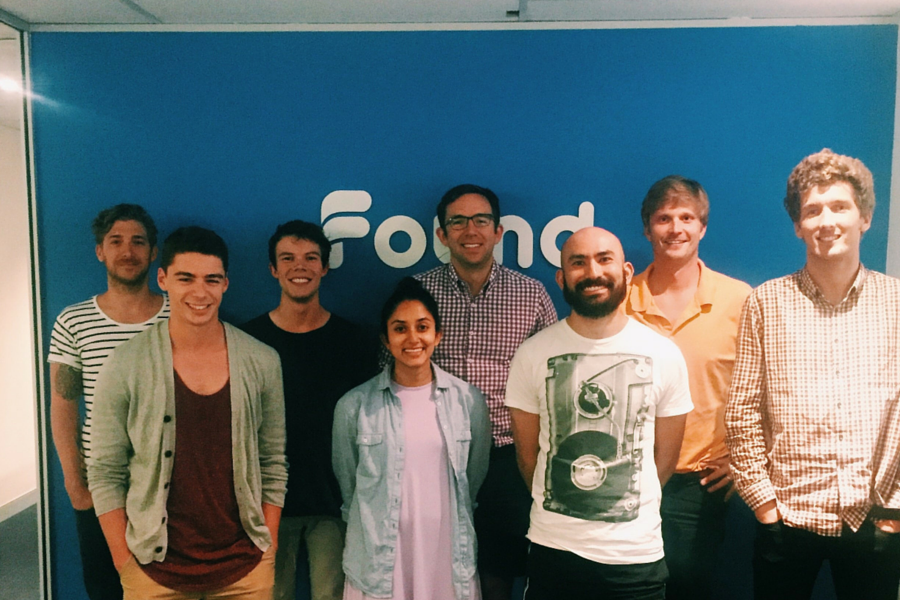
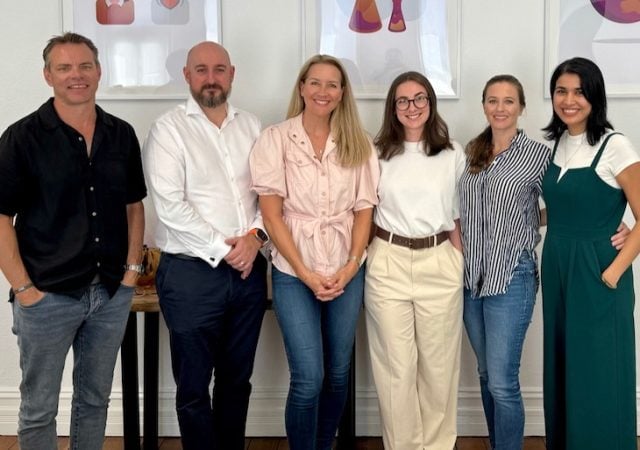
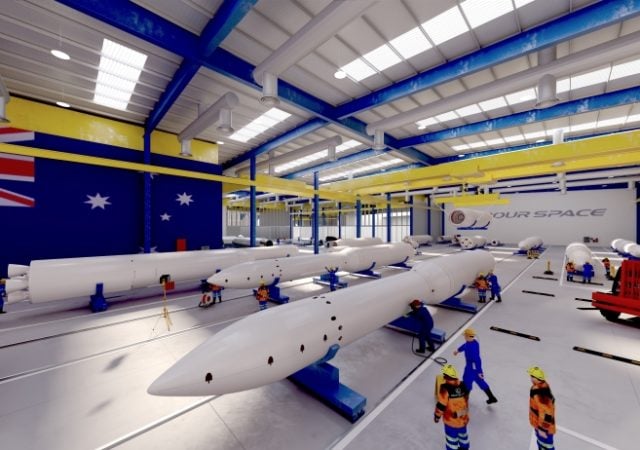

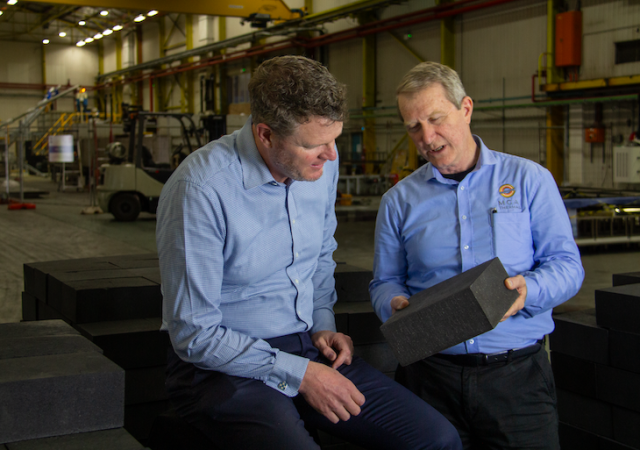


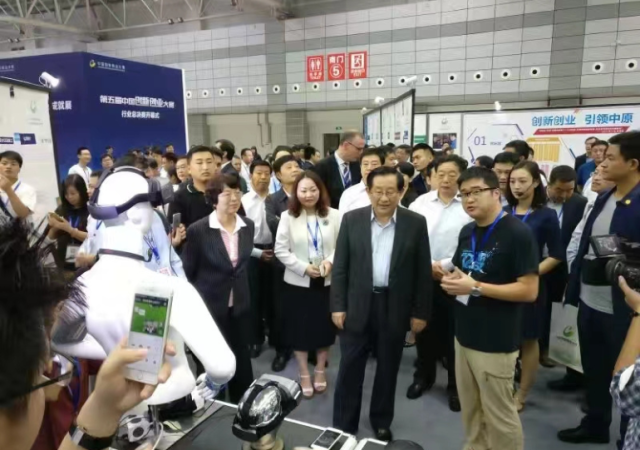
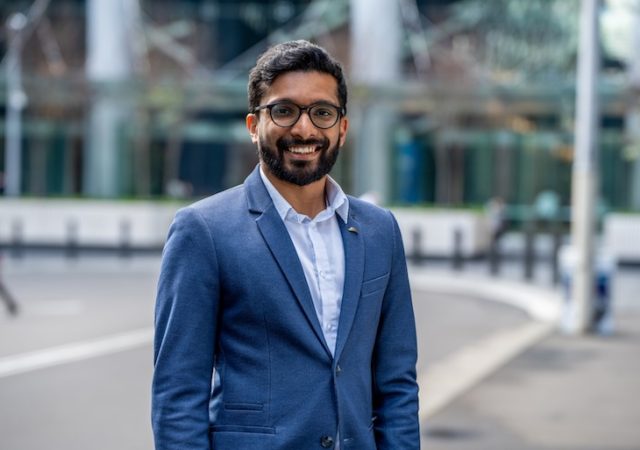
Trending
Daily startup news and insights, delivered to your inbox.